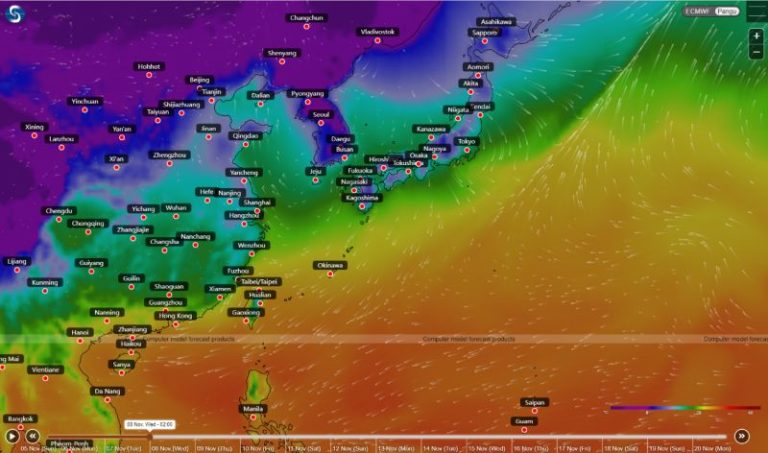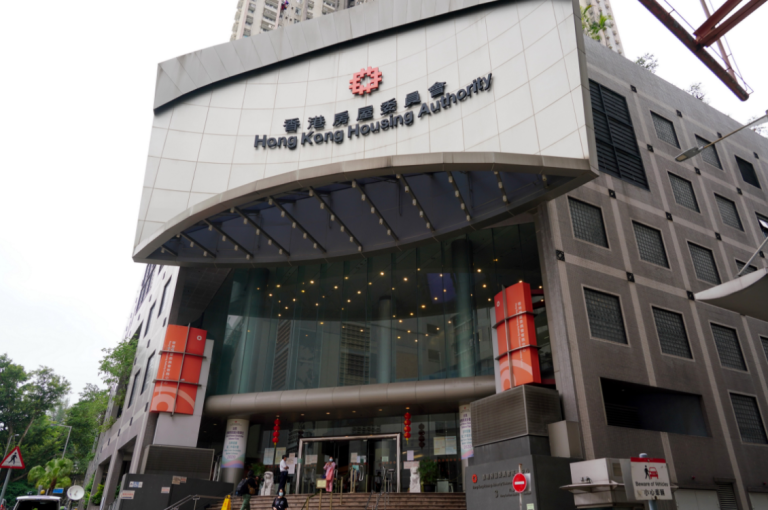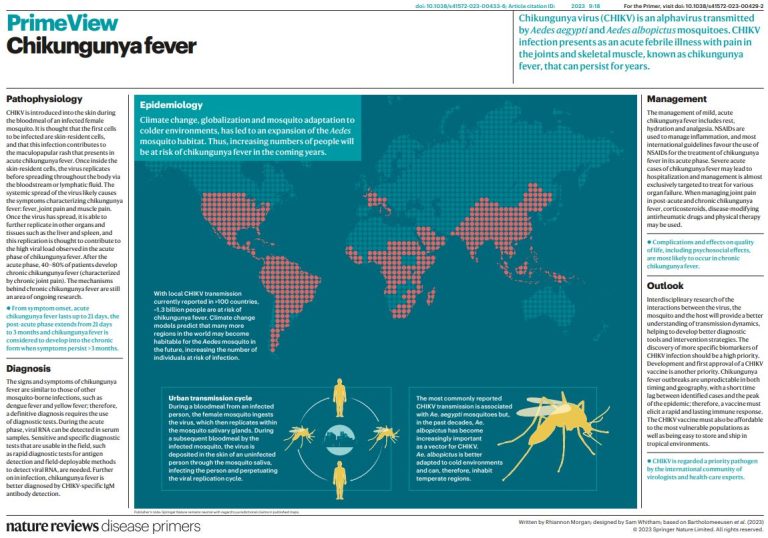Hong Kong’s Record-Breaking Deluge: A Day of Unprecedented Rainfall
On August 6, 2025, Hong Kong experienced a meteorological event that would etch itself into the city’s weather history. The Hong Kong Observatory recorded an astonishing 358.8mm (14.1 inches) of rainfall at its Tsim Sha Tsui headquarters, marking the highest daily rainfall for August since record-keeping began in 1884.
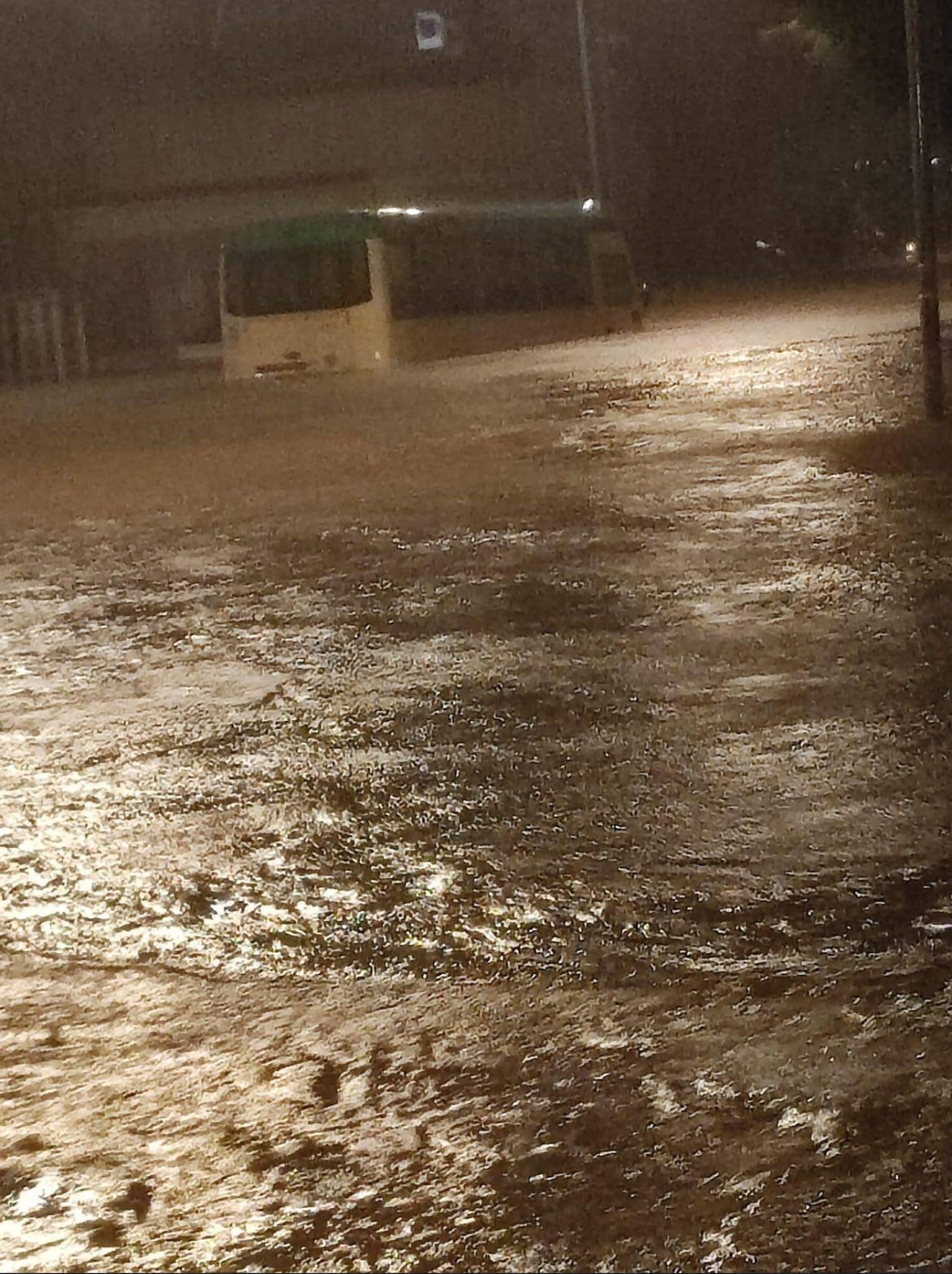
The day unfolded with dramatic intensity as the city’s rainstorm warning system was pushed to its limits. At 5:50am, authorities issued a black rainstorm warning—the highest-level alert in Hong Kong’s weather monitoring protocol. This warning would persist for an extraordinary 11 hours, creating a day of unprecedented disruption and challenge for the city’s residents and infrastructure.
The rainfall’s persistence was remarkable. The black rainstorm signal remained in effect until 5:05pm, when it was downgraded to an amber signal. By 6:15pm, all rainstorm warnings were temporarily lifted, though another brief amber warning would emerge later that evening at 10:55pm before being canceled at 12:30am the following day.

While not quite breaking the absolute record, this event came close to the longest black rainstorm warning in Hong Kong’s history—a 16-hour and 35-minute warning from September 7-8, 2023. The rainstorm warning system, which has been a critical part of the city’s weather management since 1992, was put to a severe test.
The impact on Hong Kong was immediate and comprehensive. The city essentially ground to a halt as widespread flooding and landslides disrupted normal life. Businesses shuttered their doors, and all school classes were suspended for the day. Despite the severity, authorities did not declare “extreme conditions,” a testament to the city’s resilience in facing challenging weather.

This deluge was not an isolated incident but part of a larger pattern of wet weather. In the week leading up to August 6, the black rainstorm signal had already been issued three previous times, leaving residents with little respite from the persistent rainfall.
The event underscores the unique challenges faced by densely populated urban areas like Hong Kong, where severe weather can have immediate and far-reaching consequences. Flooding and weather-related disruptions don’t just inconvenience residents—they can fundamentally interrupt the rhythm of city life.

Meteorologically speaking, the 358.8mm rainfall represents a significant meteorological event. To put this into perspective, this single day’s rainfall exceeded what many cities might experience in an entire month, concentrated into just 11 intense hours.
For Hong Kong residents, the day served as a powerful reminder of nature’s unpredictability and the critical importance of robust weather monitoring systems. The city’s ability to issue timely warnings and manage such extreme weather events demonstrates a sophisticated approach to urban resilience.
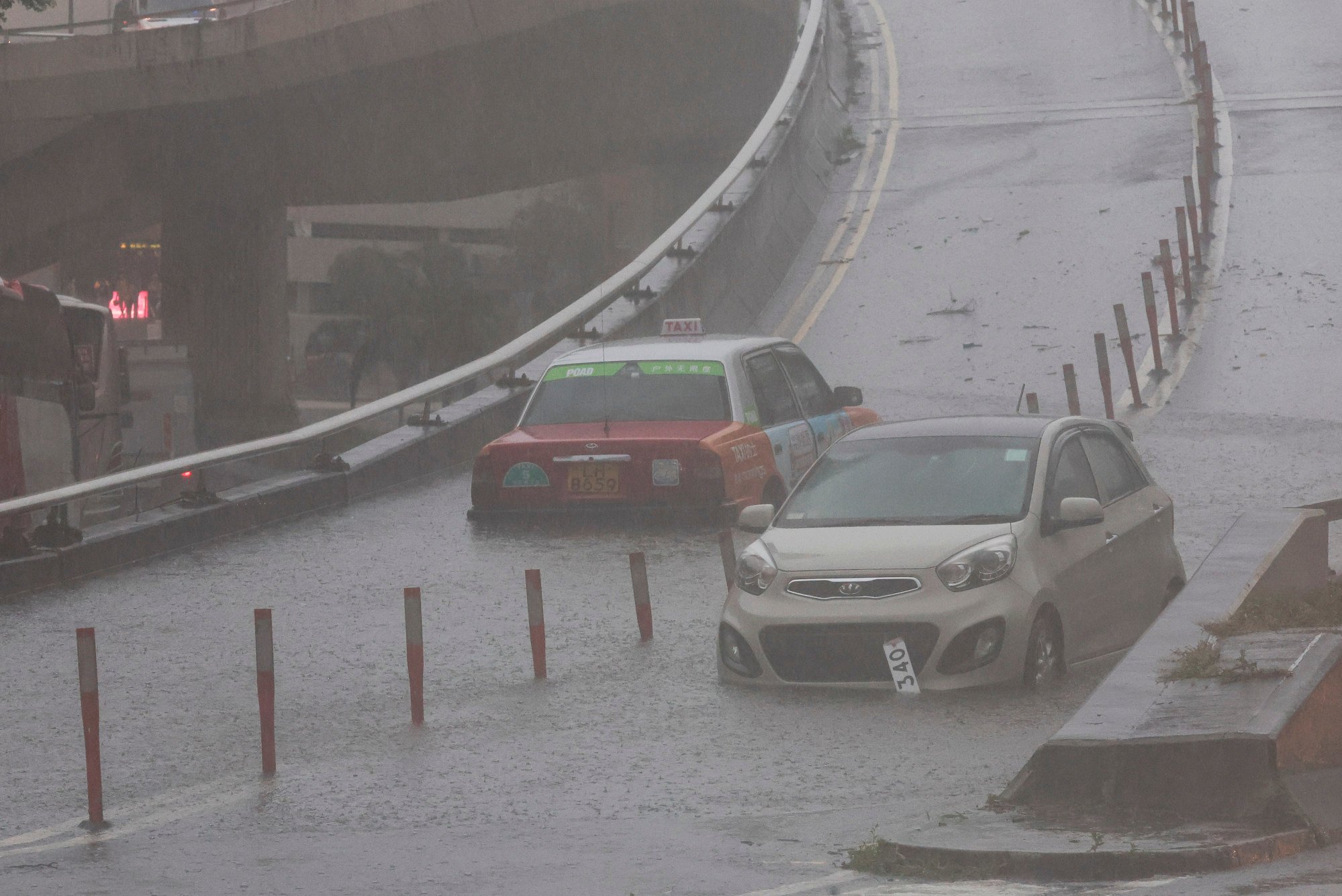
As climate patterns continue to evolve, events like these highlight the need for ongoing adaptation and preparedness in urban environments. Hong Kong’s experience on August 6, 2025, will likely be studied as a case study in urban weather management and climate resilience.
The record-breaking deluge was more than just a meteorological curiosity—it was a day that tested the city’s infrastructure, preparedness, and collective ability to respond to unexpected natural challenges.

